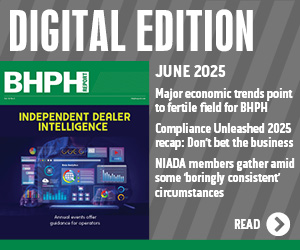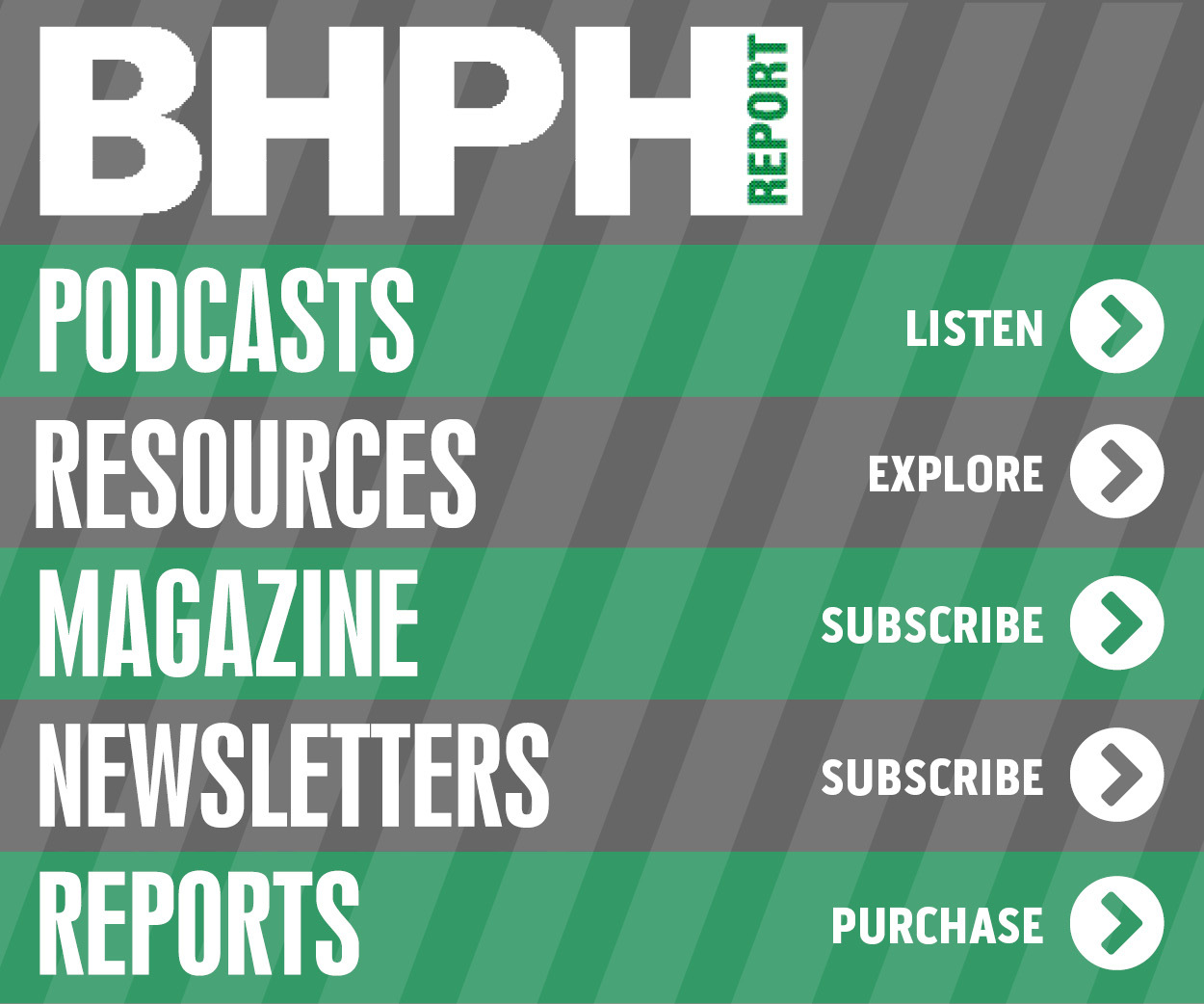Bankruptcies spike again in April with more filings predicted

Like heat and humidity often fuel thunderstorms, high inflation and interest rates are pushing consumers and businesses into bankruptcy.
According to data provided by Epiq AACER, total U.S. bankruptcy filings in April increased 28% year-over-year, rising from 35,497 to 45,592.
The number of consumers filing for Chapter 7 increased 33% to 26,778 in April from the 20,199 who filed in Chapter 7 last year, according to Epiq, which also noted Chapter 13 filings increased 21% to 16,172 in April from the 13,398 Chapter 13 filings in April of last year.
On the business front, Epiq reported commercial Chapter 11 filings increased 40% in April to 542 from the 387 filings in April of last year. Overall commercial filings increased 39% year-over-year in April to 2,569 from 1,846.
“In April 2024, we continued to see very strong double-digit percentage year-over-year increases for both individual and commercial new filers for bankruptcy protection,” said Michael Hunter, vice president of Epiq AACER. “These increases reflect the increased cost and expense pressures both individuals and businesses are experiencing. Inflation has gradually increased in the first three months of 2024.
“The recent surge in insurance costs, including medical, auto, and home, and the high interest rate environment continues to place additional pressures on businesses and individuals. As tax season concludes, I would expect the velocity of filings to increase as we approach the summer months,” Hunter continued in a news release.
Looking at the data on a sequential comparison, Epiq reported April’s total bankruptcy filings represented a 3% rise from March’s total of 44,465.
Consumer Chapter 7 filings in April generated a 3% lift over the 26,115 Chapter 7s filed in March, while Chapter 13 filings increased 2% over the 15,843 filings posted during the previous month, according to Epiq.
Experts mentioned the debt eligibility limit of $7.5 million for small businesses looking to elect subchapter V reorganization under Chapter 11 is due to sunset back to $2,725,625 in late June.
The American Bankruptcy Institute Subchapter V Task Force on April 19 released its final report and recommendations to Congress. ABI said its findings support maintaining the eligibility limit of $7.5 million in aggregate noncontingent, liquidated debt for small businesses looking to reorganize under subchapter V.
“As interest rates remain at elevated levels and household debts continue to climb, access to the financial fresh start of bankruptcy is key for struggling businesses and consumers,” ABI executive director Amy Quackenboss said in the news release.
“With enhanced eligibility for consumers and small business set to expire at the end of June, we appreciate recent legislative efforts by Congress to maintain greater access to a more efficient process for small businesses and families to restructure their debt loads,” Quackenboss went on to say.


